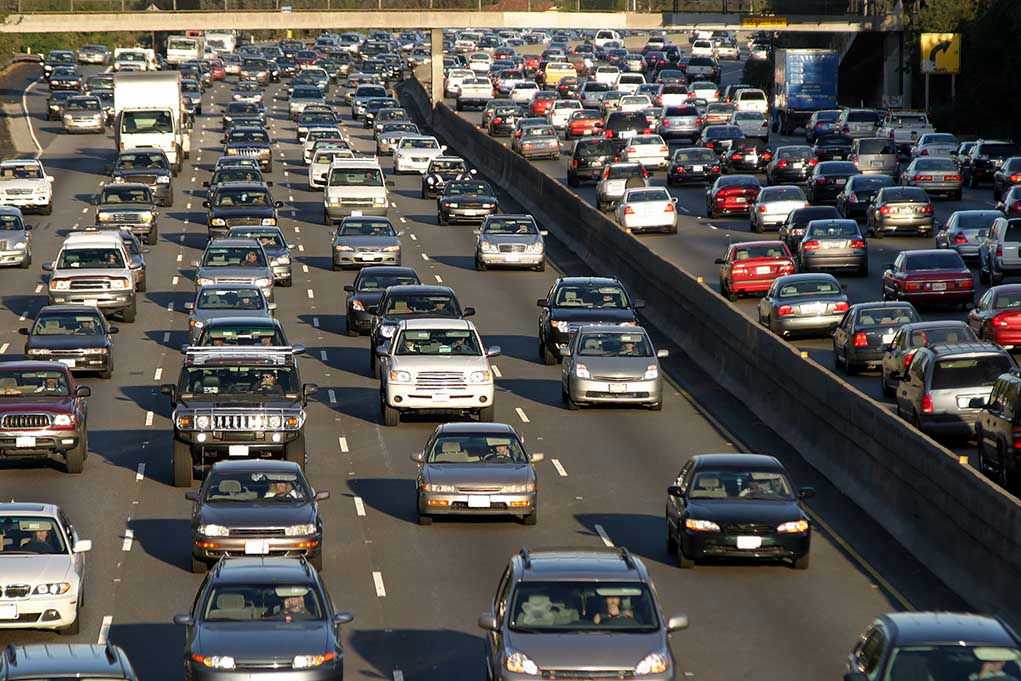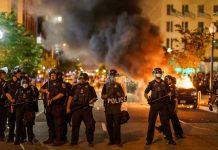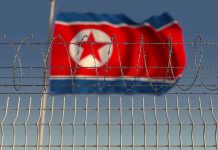
China’s state-managed infrastructure and centralized holiday policies created a traffic nightmare that left millions stranded for hours, exposing the fundamental failures of government overreach and poor planning when it comes to managing mass mobility.
Story Snapshot
- Over 120,000 vehicles overwhelmed China’s 36-lane Wuzhuang toll station on October 6, 2025, creating hours-long gridlock
- Government’s “free passage” toll waiver policy during holidays incentivized record travel volumes of 888 million trips
- Viral drone footage captured miles of red taillights as vehicles merged from 36 lanes into fewer exit lanes
- The incident highlights infrastructure bottlenecks despite massive government spending on highway expansion
Government Policy Creates Perfect Storm for Gridlock
China’s Wuzhuang toll station in Anhui Province became the epicenter of a massive traffic disaster on October 6, 2025, when millions of travelers attempted to return home following an extended eight-day holiday combining National Day and the Mid-Autumn Festival. The government’s decision to waive highway tolls during the holiday period—intended as a populist measure to encourage travel—backfired spectacularly as over 120,000 vehicles converged on the world’s largest toll plaza. Despite having 36 lanes designed to handle high volumes, the toll station’s infrastructure failed when vehicles had to merge into fewer exit lanes, creating a bottleneck that stranded families for hours.
Central Planning Fails to Manage Record Travel Demand
The Chinese Ministry of Culture and Tourism reported an unprecedented 888 million trips during the 2025 holiday period, up from 765 million the previous year—a staggering increase that exposed the limitations of centralized infrastructure planning. The convergence of two major holidays created an unusually long eight-day break, which the government actively encouraged through its toll-free travel policy. This top-down approach to managing mass mobility demonstrates a recurring problem with state control: bureaucrats make sweeping decisions without adequately preparing for the consequences. The result was economic losses from delayed deliveries, disrupted supply chains, and millions of frustrated citizens trapped in their vehicles.
Infrastructure Spending Fails to Prevent Chaos
Despite massive government investment in highway infrastructure—including the construction of the world’s largest 36-lane toll station—the Wuzhuang facility proved unable to handle peak demand. Transportation experts identified a fundamental design flaw: even with 36 inbound lanes, vehicles must eventually merge into fewer exit lanes, creating an inevitable chokepoint. This “natural bottleneck” effect reveals how government spending on large-scale projects often ignores basic engineering principles and real-world traffic flow dynamics. The incident echoes China’s notorious 2010 Beijing-Tibet Expressway jam, which lasted 12 days and stretched over 100 kilometers, proving that throwing money at infrastructure problems without sound planning produces predictable failures.
Lessons for American Infrastructure and Government Overreach
The Wuzhuang traffic disaster offers critical lessons for American policymakers who promote expansive government control over transportation infrastructure. When central authorities manipulate travel incentives through toll waivers and holiday policies, they create artificial demand surges that overwhelm even the most ambitious infrastructure projects. Free-market approaches that use dynamic pricing and distribute decision-making to local authorities prove more effective at managing traffic flow than heavy-handed state intervention. Americans watching drone footage of China’s miles-long traffic nightmare should recognize the dangers of concentrated government power over transportation systems and resist similar centralized planning schemes at home.
Sources:
Drone Footage Shows China’s Largest Toll Station Turn Red With Traffic – NDTV
Video: China’s Largest Traffic Jam in the World – Sloboden Pecat
Why Did a 36-Hour Nightmarish Traffic Jam Happen in China – Times of India

















